10 Grocery Staples Facing Price Increases This Week
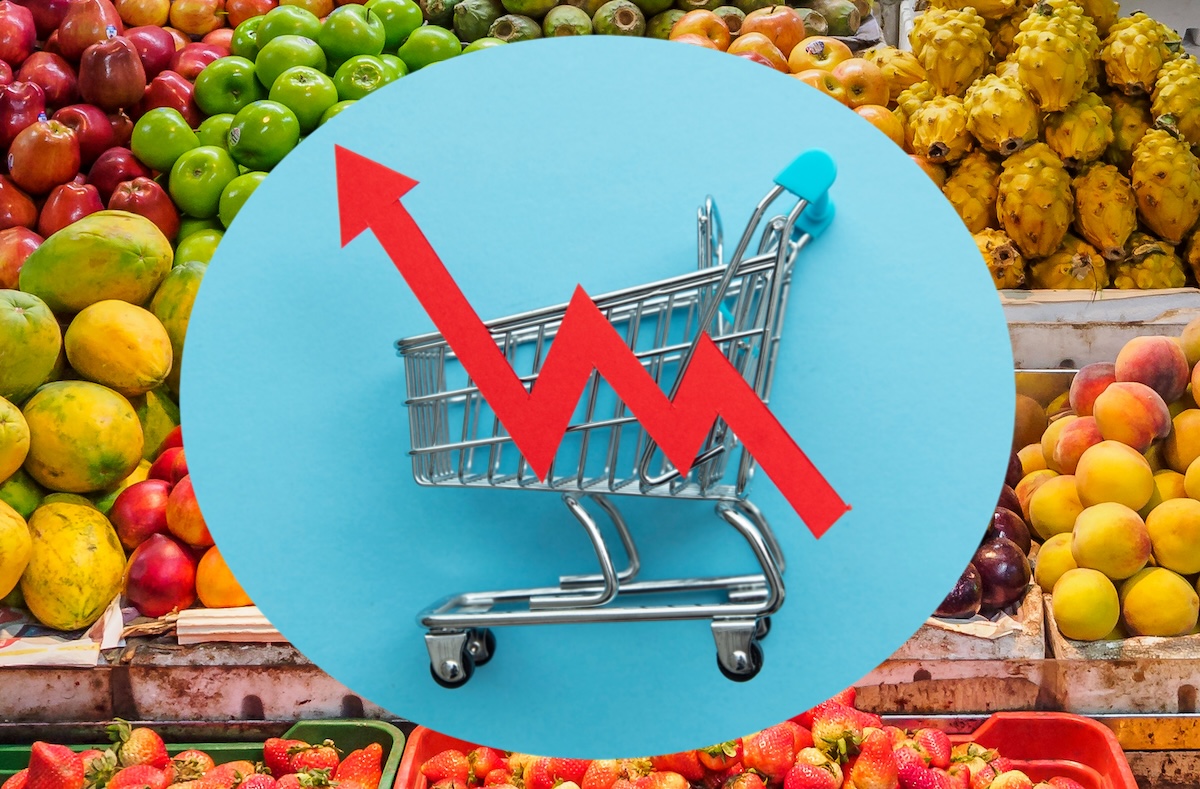
After months of price swings, the price of groceries is once again creeping higher — and this week, several staples could see fresh hikes.
While many stores are trying to hold the line on costs with loyalty programs and "value" messaging, shoppers are feeling the squeeze, says Sam Silverstein, a reporter for Grocery Dive. "Grocers know shoppers are price-focused and will notice even small differences," he explains. "They are working to keep costs competitive, but in this environment, some price increases are unavoidable."
Thanks to a mix of tariffs, extreme weather, and ongoing supply chain issues, these 10 items are especially vulnerable to price jumps right now:
Fruits and Vegetables
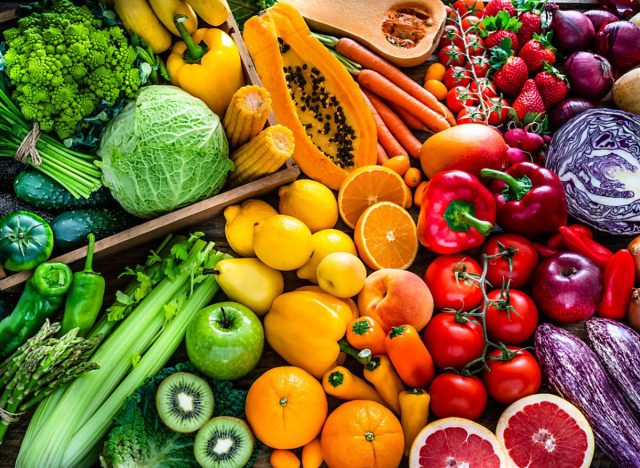
Fresh produce prices are often the first to react to global supply chain disruptions, and this year is no exception. Many fruits and vegetables are imported from regions grappling with extreme weather, labor shortages, and rising transportation costs. In particular, off-season berries, citrus, and specialty greens could become more expensive over the next few weeks. Even domestically grown crops are being affected by drought conditions in key farming states. As a result, shoppers may find smaller selections, more limited sales, and higher prices at the produce aisle this spring.
Seafood
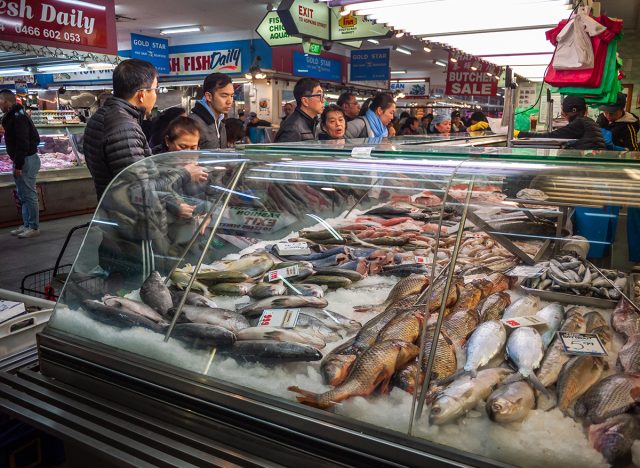
Seafood remains one of the most import-reliant categories at U.S. grocery stores, and global shipping issues are once again creating ripple effects. Costs for wild-caught fish, farmed shrimp, and shellfish have been trending upward, driven by rising fuel prices, port congestion, and limited supply from major exporters. Some types of seafood — like scallops, crab, and certain varieties of tuna — are seeing especially sharp price increases. With summer grilling season around the corner, higher seafood prices could hit consumers' wallets just as demand heats up.
Coffee
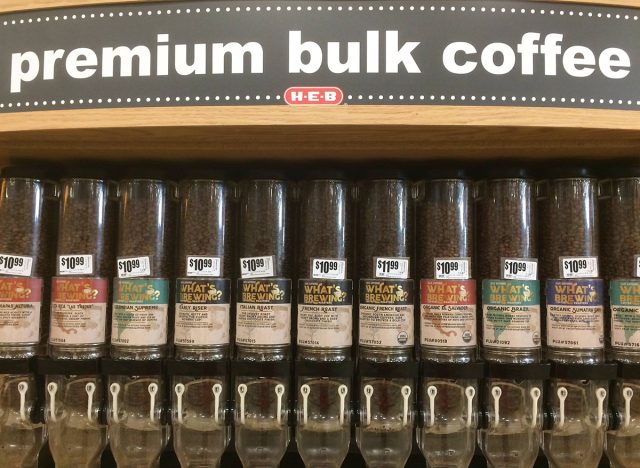
Coffee lovers may want to stock up now. The USDA reports that poor harvests in Brazil, weather volatility in Central America, and supply constraints in Vietnam are all putting upward pressure on global coffee prices. Arabica beans, used in many premium blends, are especially affected. On top of that, higher shipping and production costs are being passed along to consumers. If you're used to getting your daily fix affordably, be prepared to see rising prices at the grocery store — and even higher prices at your favorite coffee shop.
Olive Oil
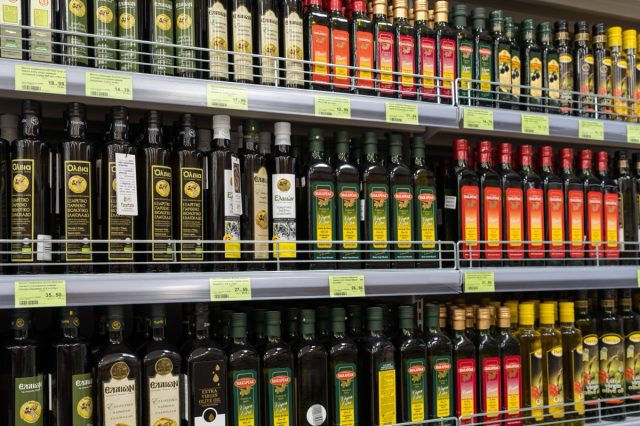
Severe droughts across Spain and Italy — two of the world's largest olive oil producers — have slashed harvests and tightened supplies, creating an ongoing olive oil shortage. As a result, prices for extra virgin olive oil have climbed steadily over the past year and are now poised to jump again. Analysts warn that as inventories shrink, shoppers will not only see higher prices but potentially fewer choices on store shelves. If you regularly use olive oil for cooking or salads, expect to pay a premium through at least the end of summer.
Cheese
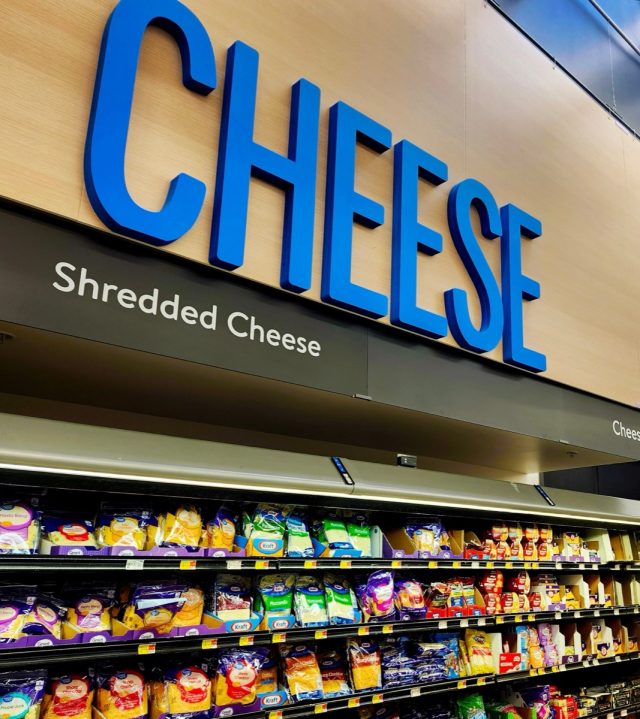
Higher feed costs, weather-related disruptions, and declining milk production have combined to put upward pressure on dairy prices. The USDA recently adjusted its milk production forecast downward, signaling more price hikes to come for cheese and other dairy staples. Popular varieties like cheddar, mozzarella, and cream cheese are already showing small price increases at many grocery stores. As demand for grilling cheeses, pizzas, and summer entertaining picks up, shoppers may face even steeper costs — and fewer promotions — heading into the warmer months.
Nuts
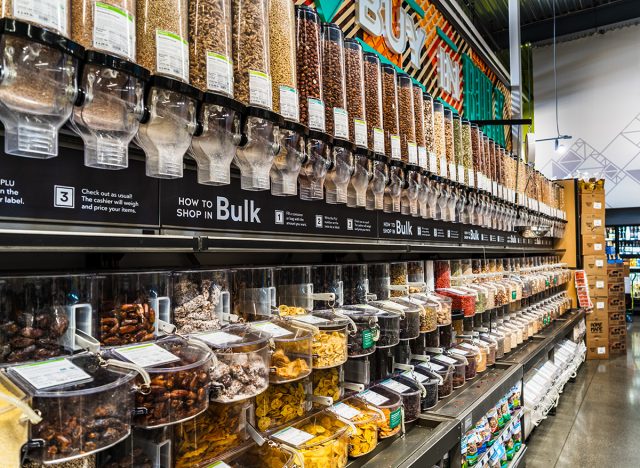
The nut aisle is another section where shoppers should brace for higher prices. Ongoing droughts in California — the primary U.S. producer of almonds and walnuts — have reduced crop yields, leading to supply shortages. On the international side, shipping costs and competition from other global buyers are also driving prices up. Whether you're buying nuts for snacking, baking, or making homemade nut butters, expect smaller packages and higher price tags on everything from almonds and pecans to cashews.
Chocolate
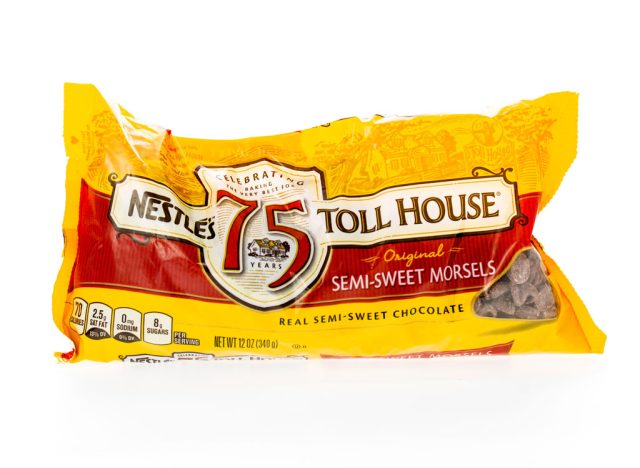
Chocolate may soon be even more of a luxury treat than it already is. Cocoa crops in West Africa — particularly Ivory Coast and Ghana — have been devastated by erratic weather and disease, slashing global supply. According to industry experts, wholesale cocoa prices are now at record highs, and chocolate manufacturers are starting to pass those increases onto consumers. Expect sticker shock not just on premium bars but even on everyday favorites like chocolate chips, baking cocoa, and candy bars.
Beer
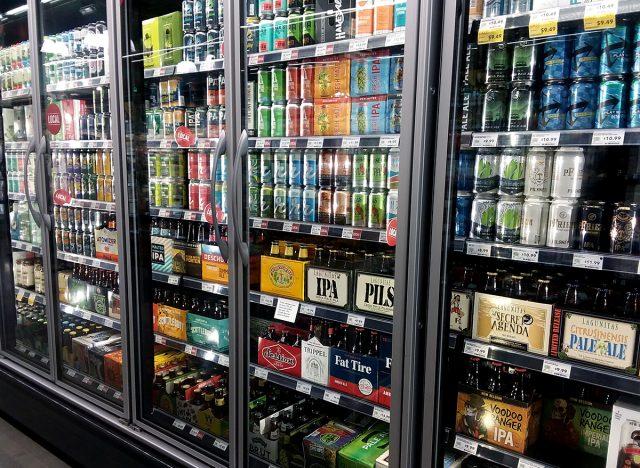
Cracking open a cold one could cost you more this summer. Rising tariffs on aluminum and steel are making beverage cans more expensive to produce, and breweries — especially smaller craft brewers — are struggling to absorb the added costs. Combined with higher ingredient prices for hops and malt, beer prices at grocery stores and liquor outlets are climbing. Larger brands may offer some short-term promotions, but overall, shoppers should expect to see higher prices by the start of grilling season.
Beef
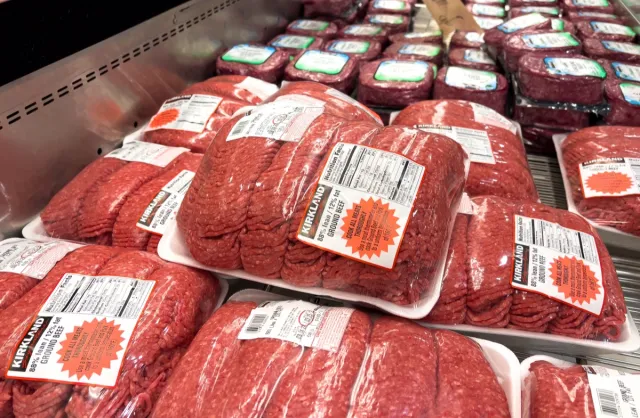
The beef market is under pressure from multiple angles. Drought conditions have cut cattle herd sizes, while rising feed costs and high interest rates are squeezing ranchers' profits. As grilling season approaches, demand for steaks, burgers, and other beef cuts is expected to spike, potentially pushing prices even higher. Analysts say that while grocery stores may try to run promotions to offset consumer frustration, shoppers should still expect to pay noticeably more for high-quality beef through the summer.
Rice
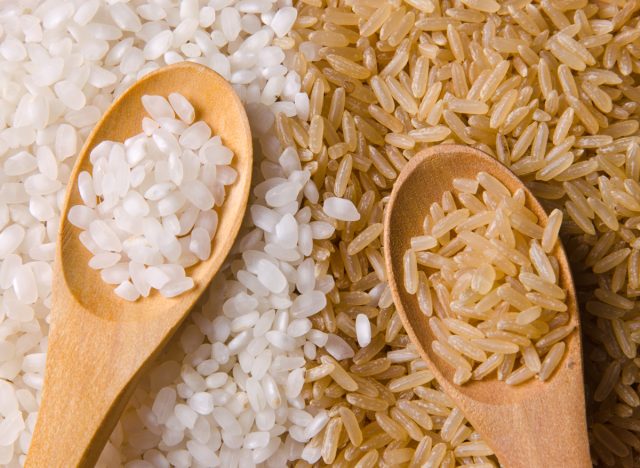
Rice prices are on shaky ground due to global trade disruptions. Tariffs are hitting Thailand — America's largest supplier of imported rice varieties like jasmine and basmati — while climate challenges are affecting yields in Southeast Asia. Domestic rice production in the U.S. remains relatively stable, but it doesn't fully cover the types of specialty rice many shoppers prefer. As a result, expect imports to become pricier, leading to higher costs for both bagged rice and rice-based products at your local store.









